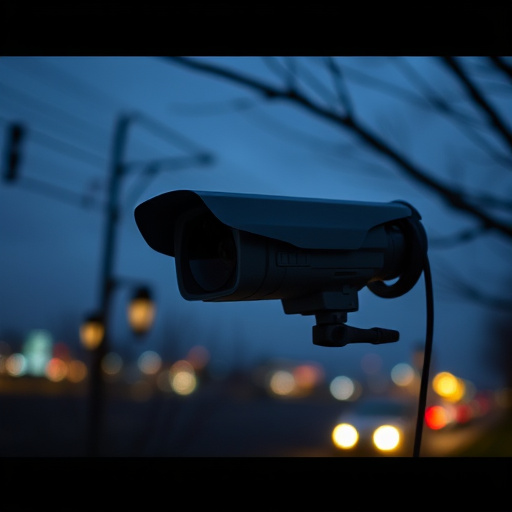Wireless decoy cameras, a cutting-edge security solution, deter criminal activity by mimicking real surveillance systems. Strategically placed, they enhance safety, offer flexibility in installation, and act as a psychological barrier against unauthorized entry. Integrating these devices with encrypted wireless connections and regular firmware updates creates an impenetrable security layer. Post-installation maintenance ensures optimal performance, and strategic placement sends a strong message to intruders while respecting privacy. Employing Wireless Decoy Cameras for Businesses combines discretion, reliability, and robust security measures without compromising data privacy.
In today’s digital age, enhancing security while safeguarding privacy is paramount for businesses. One innovative solution gaining traction is the strategic deployment of wireless decoy cameras, acting as a powerful deterrent to potential threats. This article explores the best practices for installing a covert camera network, focusing on wireless decoy cameras as a game-changer for business security. We’ll guide you through understanding these advanced systems, offering installation tips, and providing post-installation advice to ensure both privacy and effectiveness.
- Understanding Wireless Decoy Cameras: A Powerful Deterrent
- Best Practices for Covert Camera Network Installation
- Ensuring Privacy and Effectiveness: Post-Installation Tips
Understanding Wireless Decoy Cameras: A Powerful Deterrent
Wireless decoy cameras are an innovative and effective deterrent for businesses looking to enhance their security. These advanced devices mimic real camera systems, tricking potential intruders into believing they’re being watched. By strategically placing wireless decoys across a property, businesses can deter criminal activity and create a false sense of awareness that discourages unauthorized entry.
For businesses, the benefits are clear: increased safety, peace of mind, and a strong psychological impact on would-be criminals. Wireless decoy cameras offer flexibility in installation, making them ideal for various business types and layouts. Their wireless nature eliminates the need for complex wiring, allowing for swift deployment and easy relocation if needed. This technology is a game-changer for businesses seeking to protect their assets, employees, and customers from potential security threats.
Best Practices for Covert Camera Network Installation
When setting up a covert camera network, businesses should prioritize discretion and reliability. One effective best practice is integrating wireless decoy cameras as part of the security system. These decoys mimic real cameras but remain hidden, deterring potential intruders while allowing for actual surveillance cameras to be strategically placed. By combining physical and digital deception, you create an impenetrable layer of security that’s hard for perpetrators to bypass.
Another crucial practice is ensuring network stability and low-visibility data transmission. Utilize encrypted wireless connections to protect footage from unauthorized access. Additionally, distribute cameras across a wide area to maintain signal strength and minimize dead zones, ensuring continuous monitoring without gaps or dropouts. Regularly update firmware and software to patch security vulnerabilities and ensure the system remains up-to-date with the latest features.
Ensuring Privacy and Effectiveness: Post-Installation Tips
After installing a covert camera network, maintaining privacy and effectiveness is paramount. One crucial post-installation tip involves regularly testing and updating the system. This includes checking all cameras for clear visuals and ensuring they are capturing the intended areas without infringing on private spaces. For businesses, employing wireless decoy cameras alongside the primary surveillance system can be an effective strategy. These fake cameras act as deterrents, reducing the risk of tampering or obstructing legitimate camera views. Regular maintenance and strategic placement of decoys send a clear message to potential intruders, enhancing overall security without compromising privacy when properly implemented.
Additionally, it’s essential to establish clear policies regarding who has access to the surveillance footage. Restricting access to authorized personnel ensures that sensitive data remains secure. Implementing robust encryption protocols for all video transmission and storage further safeguards against unauthorized viewing or hacking attempts. By adhering to these post-installation practices, businesses can ensure their covert camera networks remain effective while respecting privacy rights.
Wireless decoy cameras have emerged as a powerful tool for businesses seeking enhanced security. By implementing best practices during installation, such as strategic placement, network optimization, and adherence to legal guidelines, organizations can maximize the deterrent effect of these covert camera networks. Post-installation, regular maintenance and privacy measures ensure both the effectiveness and ethical use of surveillance technology, creating a safer business environment without compromising client confidentiality.
